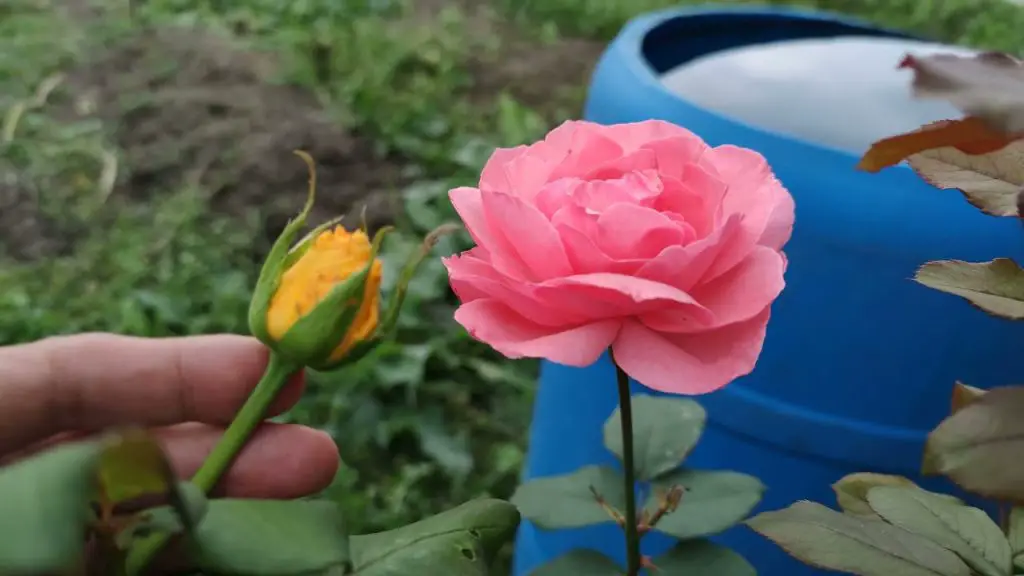Unlocking the Art of Rose Grafting: A DIY Guide for Various Varieties

While grafting a rose may seem like a task reserved for seasoned professionals, the truth is that anyone can master this skill with a few simple tips. Although the process isn’t without its challenges, understanding the step-by-step approach makes it a rewarding endeavor.
Grafting opens the door to the blossoming of flowers from different varieties, creating a natural fusion without the need to purchase additional types or invest excessive time.
Grafting a Rose: Exploring Other Varieties
Grafting a rose with different varieties involves a series of basic yet crucial operations. Although the results may not be instantaneous, the sense of accomplishment is well worth the effort. The grafting process unites two plants of distinct varieties, giving rise to a unique and extraordinary creation.
Choosing the right graft holder is a crucial first step. Seasoned nurserymen recommend selecting a rose hips with a multiflora rose, particularly for beginners. Rosehip, known for its robust roots and low-maintenance nature, serves as an ideal rootstock. On the other hand, the multiflora boasts superficial roots, seamlessly complementing this type of addition.

To obtain the rootstock, seeds of both varieties are either buried or cultivated through cuttings. Begin by taking two branches, each about twenty centimeters in length, during winter and planting them in summer to foster the growth of your own seedling.
Curiosities and Tips
Before commencing the grafting process, gather the necessary tools, including disinfected scissors and binding materials. It’s crucial to perform the operation only when the outside temperature reaches 25 degrees Celsius.
Initiate the process by making a perpendicular, non-sharp cut on the cutting, ensuring to remove leaves and thorns for optimal results. Secure the detached part to the rootstock and proceed to bind it using raffia or other lightweight materials to cover the previous cut.

After a month, unveil the results by removing the binding to inspect the state of engraftment. The next critical step involves cutting the rootstock at the graft point during February. By spring, witness the emergence of the first sprout, allowing it to reach fifteen centimeters before trimming it and eliminating wild shoots around the structure.
While venturing into rose grafting, seeking advice from a professional nurseryman is advisable, as not all roses are equally suitable for this transformative operation. Embrace the art of rose grafting, turning your garden into a canvas of diverse and captivating blooms.

